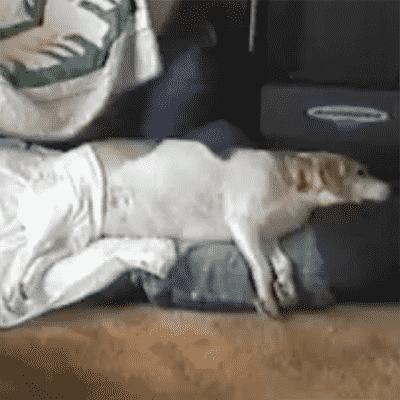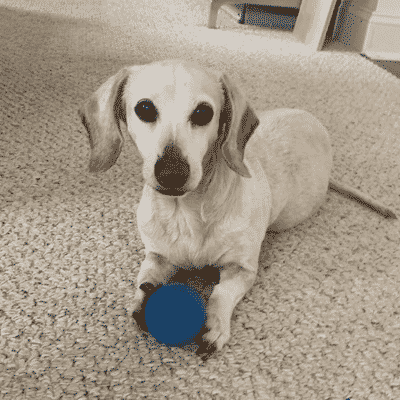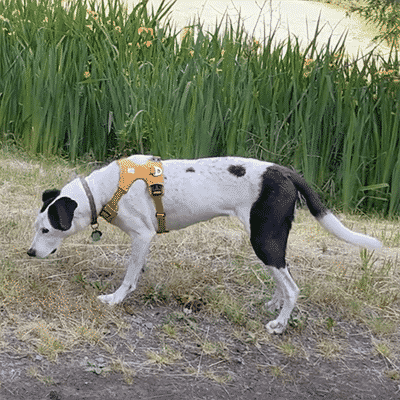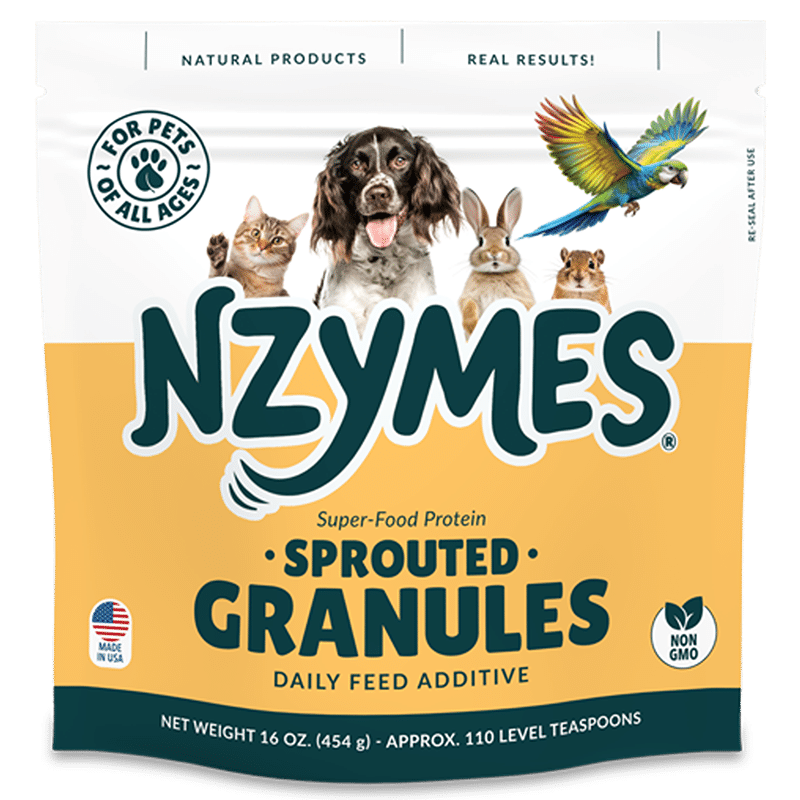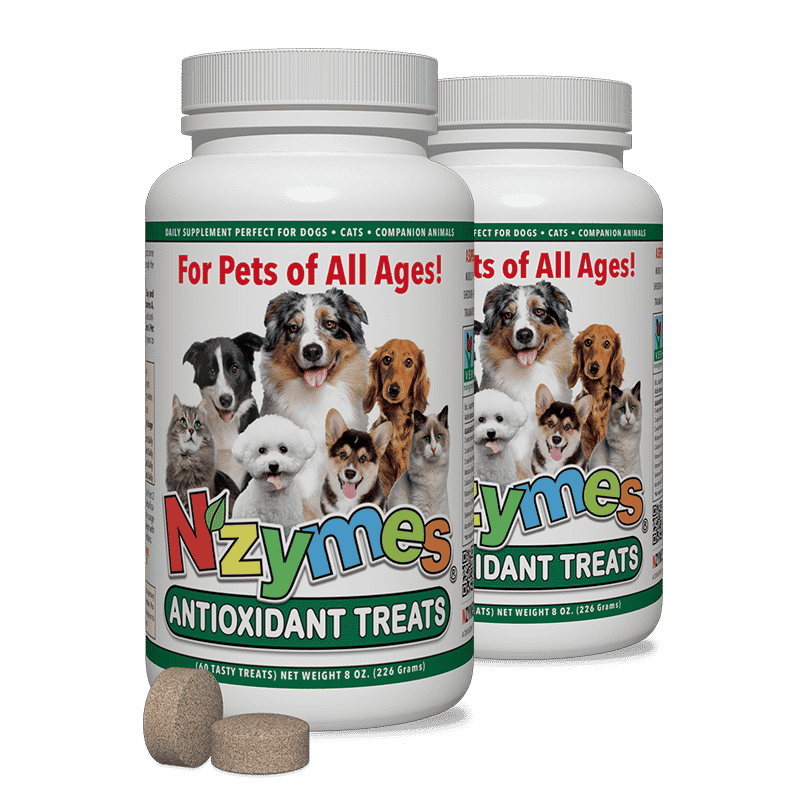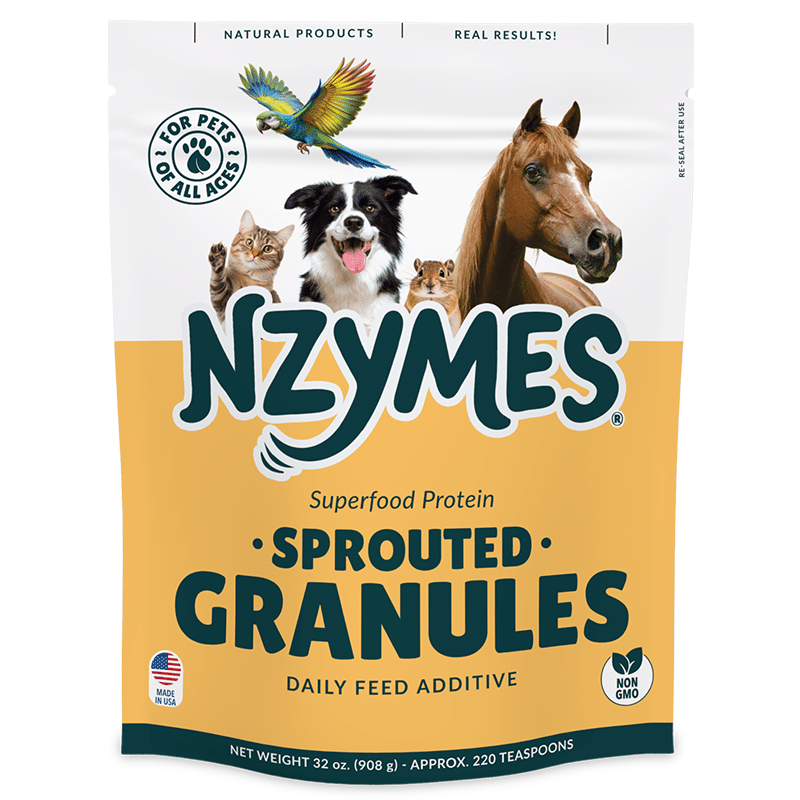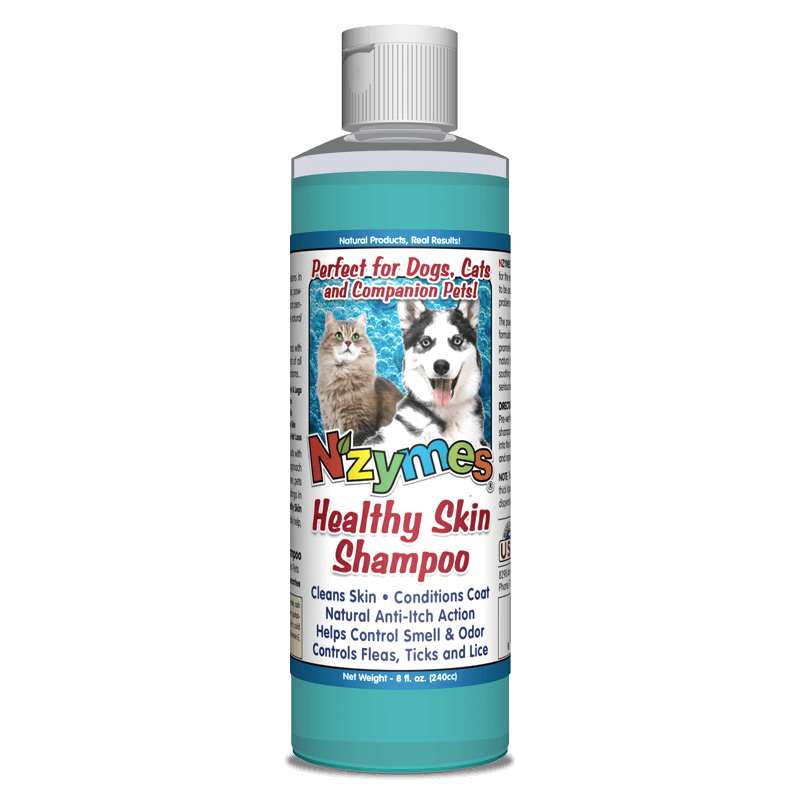
Human Spine vs. Dog Spine
The Spines of People
Canine Intervertebral Disc Disease (IVDD) affects several areas spine. Dogs also have vertebral columns, and intervertebral discs like humans do, except for the orientation. Therefore, the disease or “wear and tear” processes affecting spinal discs have essential differences between humans and pets.
Due to our upright posture versus the horizontal posture of dogs or cats, people most commonly have problems with discs low in our back – lower than the termination of the spinal cord, commonly referred to as the Lumbar area, including disc’s L1 to L5.
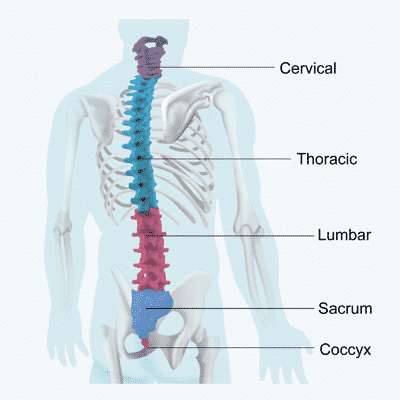
The Spines of Dog
On the other hand, dogs most commonly have disc problems in the middle of their back or occasionally within the neck area, where ruptured, bulging, or damaged discs push directly on the spinal cord and nerve roots.
Because of these facts, early recognition of a disc problem is essential. Early intervention often means the difference between an excellent prognosis or Paralysis, possibly without a chance for repair.
People with ruptured discs often have signs of shooting pain. In contrast, dogs often have pain, plus acute and even complete Paralysis within a matter of hours.
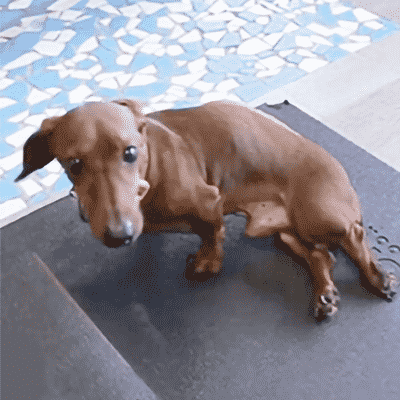
Alternative Support for Canine Intervertebral Disc Disease
Canine Intervertebral Disc Disease is a gradual, age-related, degenerative process that affects the spinal cord of the dog over a period of time. IVDD occurs when the shock absorbing discs between your dog’s vertebrae gradually begin to harden until they are no longer able to cushion the vertebrae normally.
The good news is, where back problems and discomfort issues exist with your dog – Nzymes® Super-food products are here to deliver the Real Results that customers want. Antioxidant Treats or our cost-effective Sprouted Granules come at a cost that is reasonable and effective.
As your dog continues his battle with canine intervertebral disc disease, please take steps to ensure that his nutritional needs are taken care of simultaneously. Provide your dog with pet foods low in SUGAR content that offer real support to help ease the body’s inflammation and support the repair and recovery process.
For our listing of Recommended Pet Foods; Please click here.
Fortunately, we have incredible Video examples below of such recovery processes. You can actually see the dogs progress from being disabled and then back to running or playing again.
- Here’s a case of “Canine Intervertebral Disc Disease” and paralysis; Watch Lilly
- Another stunning recovery, of a back injury and paralysis; Watch Bella
- This 15 year-old dachshund with spinal paralysis is playing ball again; Watch Harry
- And finally, Sunna the mixed-breed with Spinal Arthritis and Fusion; Watch Sunna
For more on the subject of Paralysis in dogs, please see our separate article on that matter by CLICKING HERE.
ALSO, many people with an “IVDD affected dog” are likely to quickly begin the search for a Wheelchair to help their Canine friend – being completely unaware of how quickly things might turn in the right direction with special help. READ MORE ABOUT THAT HERE. Or, to see some Stories of Leaving the Wheelchair behind – CLICK HERE.
Products to Support IVDD or Paralysis Recovery
Sprouted Granules for Economical Preference, the Treats for Convenience

